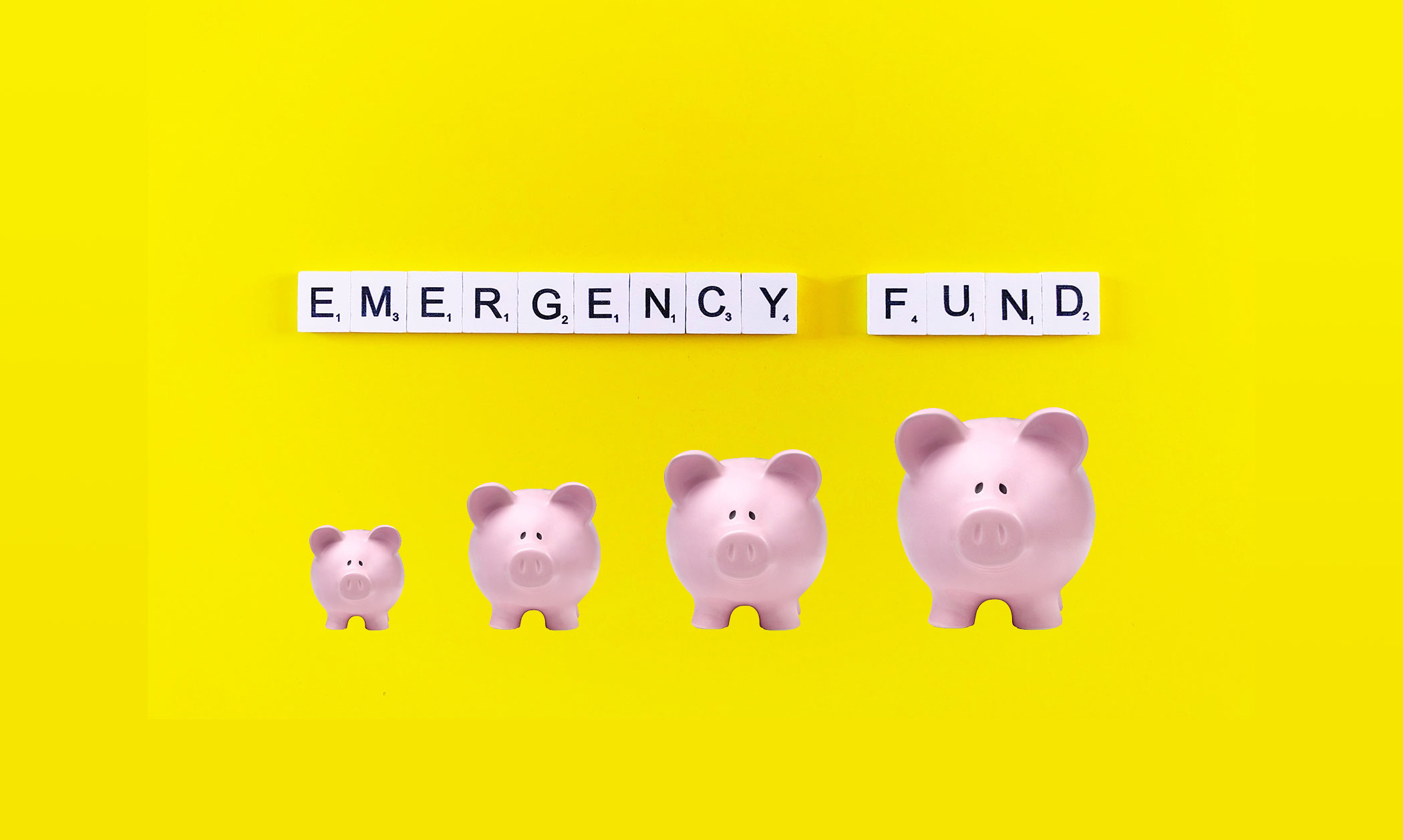Track Your Expenditure
Tracking your monthly expenditure will help you know how much you need to save. Begin by opening a spreadsheet and inputting what you spend. Include rent, fuel costs, car payments, travel, groceries, utilities, insurance, etc.
After you log in your expenses, sum them up. You’ll know how much you need for one month. You can estimate how much you need for three or six months from that figure.
Remember also to allocate funds for recreational activities. Many people fail to do so and end up overspending and tapping into their savings.
Set a Goal
You’ll know the amount you need to save by doing the calculation above. Afterward, you need to determine how long it’ll take to save the amount. Also, outline how much and how often you need to save money.
Ensure you save a specific amount at regular intervals. It may be per week, month, or even paycheck. Either way, make your goal as specific as possible.
Find Ways to Reduce Your Expenditure and Increase Your Income
There are different ways to find money to channel into your emergency fund. For one, you can work towards
increasing your income. An excellent way to do that is to sell stuff you don’t need. Look around your home for such things and put them on sale.
Alternatively, you can start a side hustle. Go for something you’re already skilled in or have experience doing. Maybe you enjoy writing. You can write articles and get paid.
You may not have time to dedicate to a side hustle. If so, you can reduce your expenditure to free up some money for your emergency fund. Take a close look at your expenses and find places you can cut back on. For example, subscriptions that you no longer need.
Start Small
Starting small can make that nearly impossible goal seem achievable. You can start by saving for one month’s worth of living expenses. After you reach that goal, aim for two months, then three, and so on. Remember to celebrate all the milestones you hit.
When you start seeing results, you’ll feel motivated to keep going. Taking small steps will also help you build good saving habits.
Automate Your Emergency Fund Contributions
When you start saving, it’s easy to feel motivated and stay on track. As time goes by, you may fall off the wagon. To stay on track,
automate your savings. Putting money aside is easy if it doesn’t get into your hands.
Your employer may provide a direct deposit option. Others may even be willing to deposit funds into multiple accounts. Take advantage of such options. Have your employer or bank deposit a certain amount automatically into your emergency fund account.
Save Unexpected Income
Whether you’re employed or self-employed, you may receive unexpected income. It could be from a tax refund, inheritance, or work bonus. Add such unexpected amounts to your emergency fund. It will help you attain your goals faster.
You don’t have to put the entire amount into your emergency fund– you can use some on yourself. Just remember, it’s all about balance.
FAQs
Some of the frequently asked questions about building an emergency fund include:
Where should I keep an emergency fund?
You should have a separate account for your emergency fund. The money shouldn’t be too easy to reach such that you dip into it unnecessarily. Examples of places you can keep the funds include a high-yield savings account and a money market account.
How can I grow my emergency fund fast?
Be consistent with your savings plan. You might not be able to reach your goal overnight. However, with consistency, you’ll make considerable progress.
What percentage of my income should go to savings?
Experts agree that at least 20% of your earnings should go to savings. This figure may be higher or lower, depending on your situation.
Final Words
Financial emergencies happen all the time. A loved one may fall sick and need costly treatment, or you may also lose your job suddenly.
An emergency fund will help you get through financial shocks. Now more than ever, it’s vital that you build a good emergency fund. It will see you through current and future periods of financial uncertainty.

